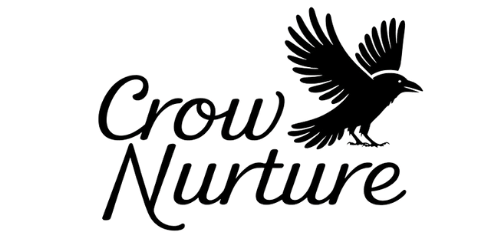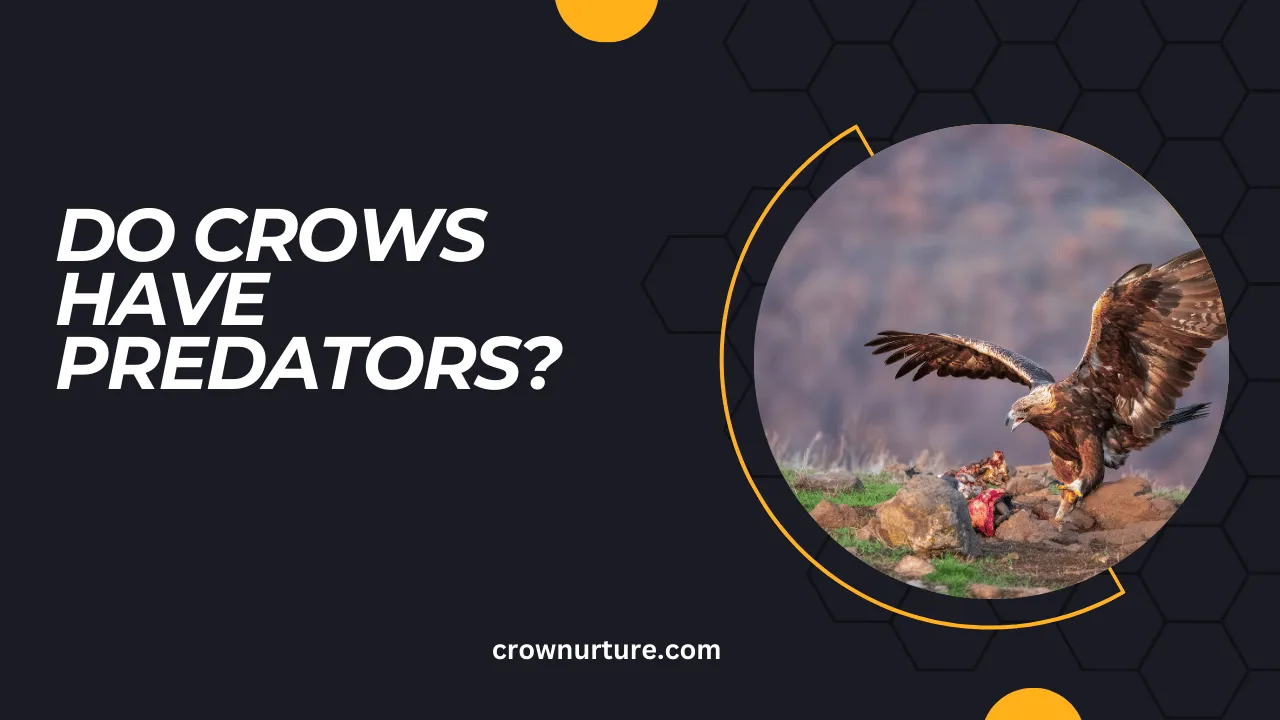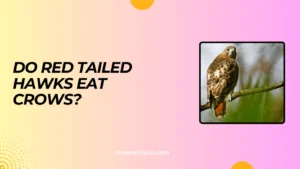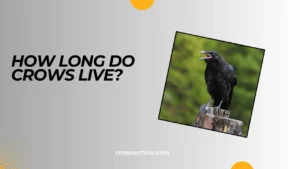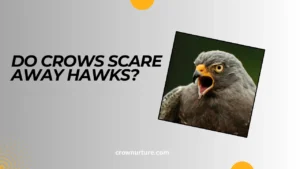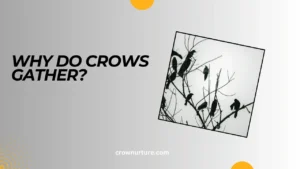Crows are among the most intelligent and adaptable birds in the animal kingdom. They are known for their problem-solving skills, social behaviors, and ability to thrive in both urban and rural settings.
However, even these resourceful creatures are not immune to the natural threats of the wild. The question remains: do crows have predators, and if so, who are they?
Understanding the predators of crows sheds light on their role in the ecosystem and highlights the delicate balance between predator and prey. From the stealthy hawk soaring above to the cunning fox lurking below, crows face an array of challenges.
Despite their cleverness, they must constantly be on guard to protect themselves and their vulnerable young. This article takes a closer look at the world of crows and their predators.
It will explore the various animals that prey on crows, the defense mechanisms these birds have developed, and how human activities are shaping these predator-prey relationships. Whether you’re a bird enthusiast or simply curious about nature, this journey into the lives of crows will fascinate you.
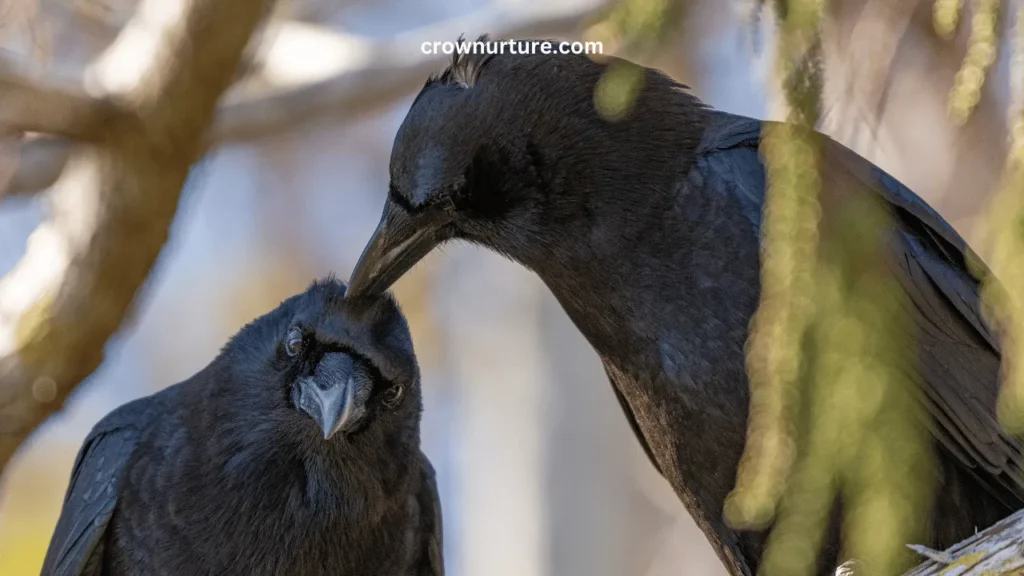
Contents
1. Common Predators of Crows
Crows, while resourceful, are not at the top of the food chain. Birds of prey, like hawks and eagles, are among their primary predators, often targeting young crows or unprotected nestlings. Owls, hunting at night, can ambush unsuspecting crows, adding an element of nocturnal danger.
Mammals such as raccoons, foxes, and coyotes are known to raid crow nests for eggs or young chicks. Larger mammals, like bears, might occasionally encounter crows but are less common predators. Snakes, especially those adept at climbing trees, pose a significant threat to crow eggs and nestlings.
The diversity of predators ensures that crows must remain vigilant. Whether in the sky, on the ground, or hidden in trees, danger can strike from anywhere, forcing these birds to adapt and survive.
2. Crow Defense Mechanisms
Crows have developed impressive defense strategies. Mobbing behavior is one of their most effective tactics, where groups of crows work together to harass and drive away predators like hawks or owls. Their teamwork makes them formidable opponents even for larger predators.
Their nests are strategically placed in hard-to-reach areas, such as tall trees or dense foliage, to avoid detection. Parents are exceptionally vigilant, taking turns guarding the nest and alerting their group to potential threats with loud, distinctive calls.
Crows also use camouflage to their advantage. Nestlings are often colored to blend in with their surroundings, reducing the chance of being spotted by predators. These combined strategies demonstrate the intelligence and resourcefulness of crows in avoiding danger.
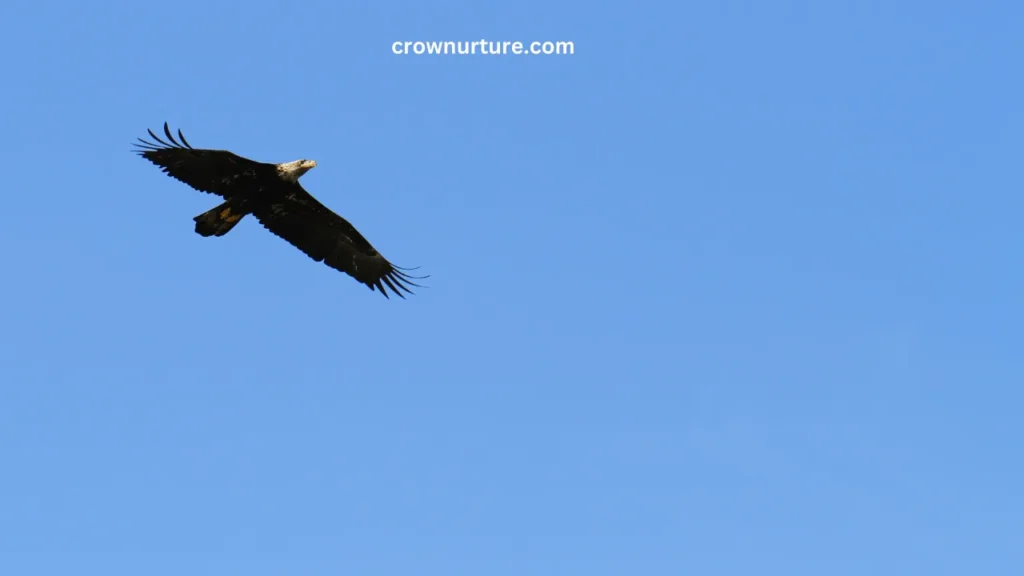
3. Human Impact on Predator-Prey Dynamics
Human activities significantly influence the relationships between crows and their predators. Urbanization has reduced the habitats of natural predators like hawks and foxes, allowing crows to thrive in cities. However, the introduction of non-native species, such as feral cats, has created new threats for crows.
Deforestation and habitat fragmentation force crows into smaller areas, increasing competition for resources and exposing them to higher predation risks. Additionally, human waste and leftovers can attract predators like raccoons and snakes, indirectly affecting crow populations.
Understanding how humans impact these dynamics can help mitigate unintended consequences and promote coexistence between wildlife and urban development.
4. Regional Variations in Predation
The type of predators crows face varies depending on their habitat. In urban areas, cats, raccoons, and certain birds of prey pose the most significant threats. In contrast, rural environments may expose crows to a broader range of predators, including foxes, snakes, and larger birds of prey.
Geographical factors also play a role. For example, in colder climates, crows may face predation from animals like weasels or certain owl species. In tropical regions, the threat might come from tree-climbing reptiles or exotic bird species.
These regional differences illustrate how adaptable crows must be to survive in diverse environments.
5. The Role of Crows in the Ecosystem
Despite being preyed upon, crows play a critical role in their ecosystems. By controlling insect populations, scavenging carrion, and dispersing seeds, they contribute to maintaining ecological balance. Their interactions with predators ensure the natural cycle of energy transfer within the food web.
Interestingly, the presence of predators also helps maintain healthy crow populations by weeding out weaker individuals. This natural process strengthens the species as a whole, showcasing the importance of predator-prey relationships in nature.
Understanding these dynamics not only helps protect crows but also enhances our appreciation of the intricate web of life.
Conclusion
Crows, despite their intelligence and adaptability, face a host of natural predators. From birds of prey to ground-dwelling mammals and tree-climbing reptiles, the threats are as diverse as the environments these birds inhabit.
Yet, crows have proven to be resilient, employing strategies like mobbing, camouflage, and strategic nesting to protect themselves and their young. Human activities have reshaped the predator-prey dynamics, introducing new challenges and opportunities for crows.
Whether in cities or the wild, these birds continue to thrive, adapting to the ever-changing landscape of threats. Their role in the ecosystem underscores the delicate balance of nature and the interconnectedness of all species.
By understanding the challenges crows face and the strategies they employ, we gain insight into their remarkable resilience and the broader dynamics of the natural world. These intelligent birds remind us of the beauty and complexity of life on Earth.
FAQs
1. Do crows have natural predators?
Yes, crows have natural predators, including hawks, owls, foxes, snakes, and raccoons.
2. Are crows afraid of hawks?
Yes, hawks are one of the main predators of crows, particularly for their young and nestlings.
3. Do crows fight back against predators?
Yes, crows often engage in mobbing behavior, where they collectively attack and harass predators to drive them away.
4. Can crows defend their nests?
Crows are highly protective of their nests and use strategies like strategic placement and constant vigilance to keep predators at bay.
5. Do owls eat crows?
Yes, owls, especially larger species, can prey on crows, often targeting them at night when they are less active.
6. How does urbanization affect crow predators?
Urbanization reduces the habitats of natural predators but introduces new threats like feral cats and human interference.
